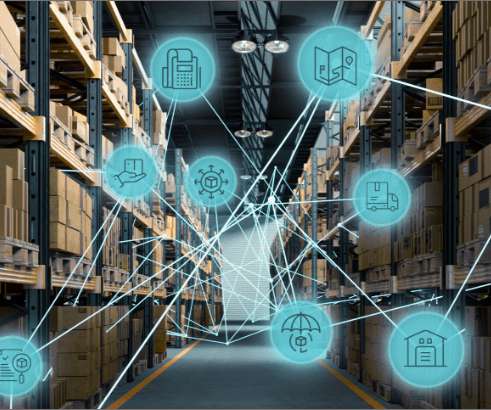Infor’s Strategy for Differentiation
Logistics Viewpoints
MARCH 25, 2024
Infor’s CEO, Kevin Samuelson Infor’s strategy for differentiating their business from competitors like SAP and Oracle rests on a truly differentiated approach to ensuring that their customers get ongoing value from the business applications they purchase. Infor, with anticipated revenues of $3.4 We just want them solved.”





















































Let's personalize your content